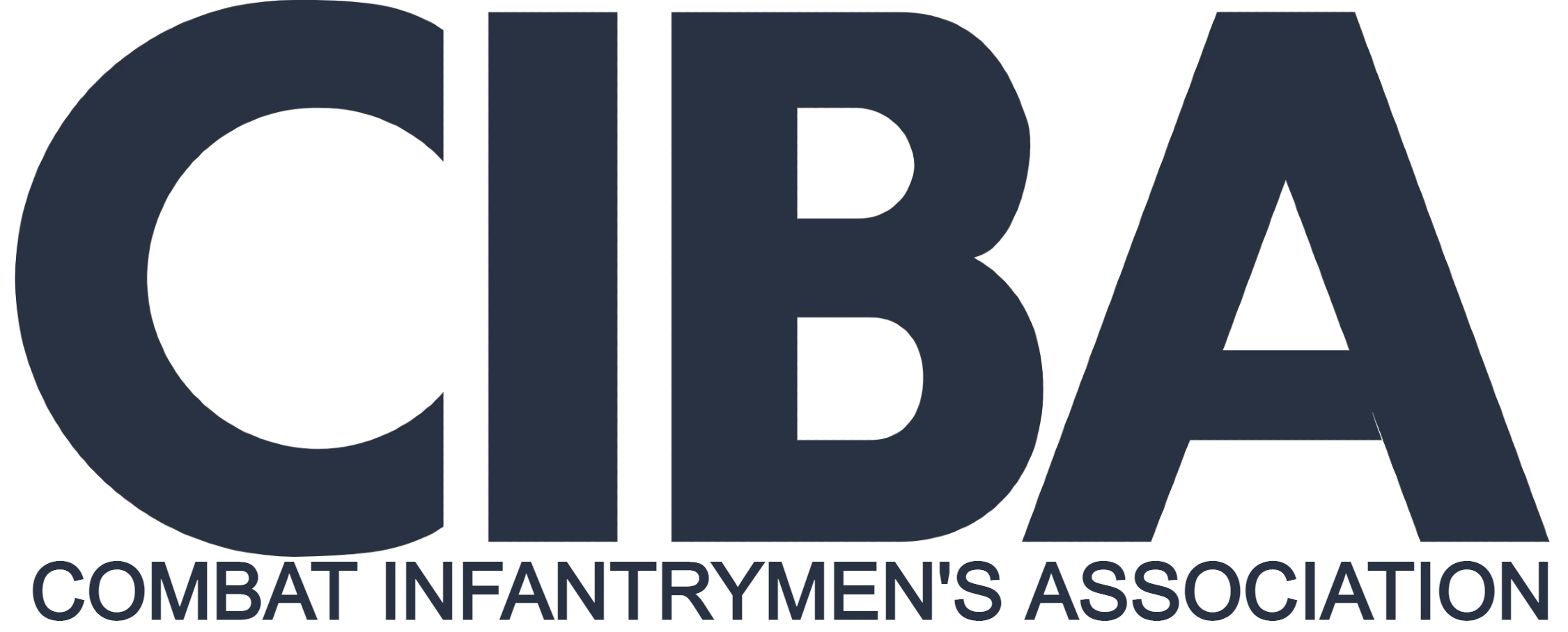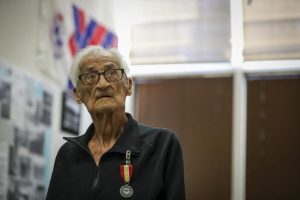The Army said the only day for tourists to visit the Trinity nuclear test site in New Mexico this year could be packed amid the massive popularity of the blockbuster movie “Oppenheimer.”
White Sands Missile Range, where the U.S. detonated the world’s first nuclear weapon known as “the Gadget” on July 16, 1945, as part of the Manhattan Project, is open to the public only twice a year. The development effort, led by theoretical physicist Robert Oppenheimer, was spurred to outpace Nazi Germany’s pursuit of its own weapons of mass destruction.
The next date for tourists to visit the site is Oct. 21, and then again on April 6, 2024. For the rest of the year, the site is used for non-nuclear Department of Defense weapon and radar tests. Usually on each of the two days the site is open to the public every year, the Army sees some 3,000 visitors but expects 5,000 in October. Visitation is first come, first served.
“Due to the release of the movie ‘Oppenheimer’ in July, we are expecting a larger than normal crowd,” a message from the Army said. “You may experience wait times of up to two hours getting onto the site. If you are not one of the first 5,000 visitors, you might not get through the gate prior to its closure at 2 p.m.”
Army officials consider the site safe for visitation. Radiation levels are above normal levels in the surrounding area but far below the exposure in an X-ray or CT scan. One hour at ground zero is roughly equivalent to a long commercial flight across the U.S.
The tour is free, though a service spokesperson told Military.com that the missile range cannot accommodate anyone who cannot walk a half mile round-trip on a dirt trail.
The Trinity site is in a desolate location in the middle of the desert 130 miles south of Albuquerque, New Mexico. The main attraction is a roughly 12-foot-tall obelisk commemorating the detonation in what was a monumental scientific achievement. The development of much more powerful atomic weapons also marked a dark turn for modern warfare by introducing the potential to create instant destruction on a scale that had been unimaginable before.
The test blast was witnessed from as far as 200 miles away and broke windows as far as 160 miles away as the mushroom cloud reached more than 50,000 feet into the atmosphere. Because the bomb was detonated on top of a tall tower, the crater was only about four feet deep and 240 feet in diameter. The heat from the blast was 14,000 degrees Fahrenheit. It melted the desert sand, turning it into a glass-like substance.
The Trinity bomb was completed after the German surrender. But the U.S. was still planning a massive invasion of mainland Japan, in which fatalities were expected to dwarf the rest of the war, including the invasion of Nazi-occupied France.
As many as 400,000 to 800,000 American troops were expected to be killed in the invasion, more than the entire war up to that point. Some five to 10 million Japanese were expected to die as the Imperial government was imploring its citizens to fight to the end, including the use of suicide bombings.
President Harry Truman authorized the only use of nuclear weapons in combat in August 1945 after Japan declined to surrender.
A U.S. B-29 Superfortress bomber dropped the atomic bomb nicknamed “Little Boy” on the city of Hiroshima on Aug. 6, 1945. As Imperial Japan clung to its war effort and again did not surrender, Truman used another bomb — named “Fat Man” — three days later on Nagasaki.
Together, the bombs killed between 129,000 and 226,000 people.
The last time the U.S. tested a nuclear weapon was in 1992.
— Steve Beynon can be reached at Steve.Beynon@military.com. Follow him on Twitter @StevenBeynon.
Please rate this CIBA article
Vote






